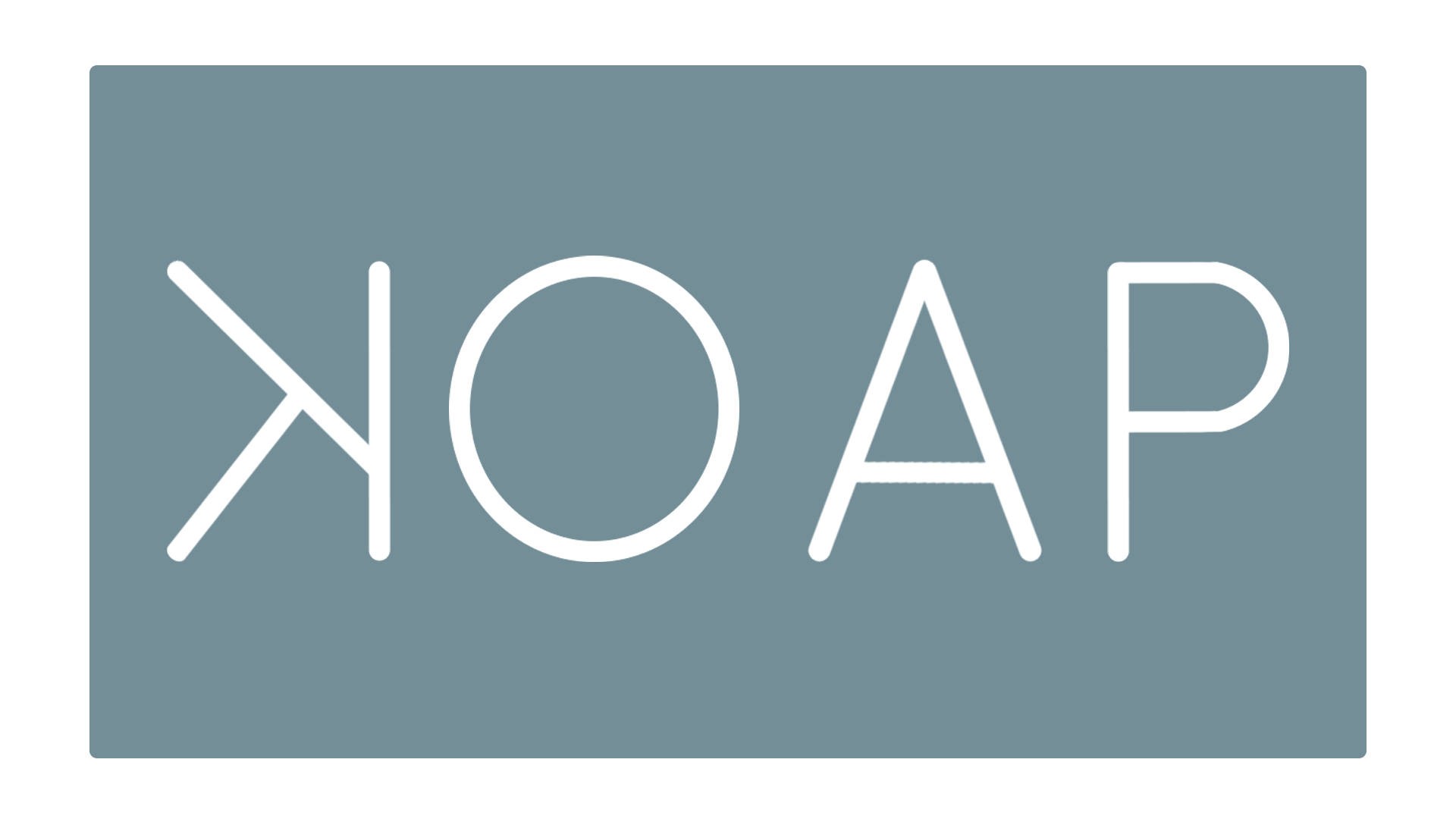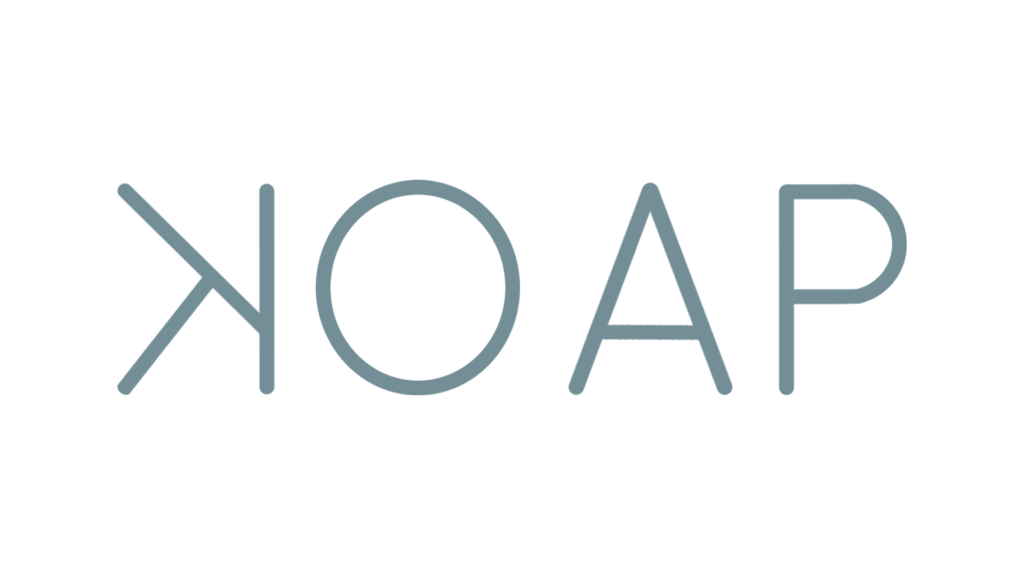As the UK goes back into a national lock-down, I thought it worthwhile reviewing what we have learnt from our experiences of working from home, and especially how, as leaders, we can help our teams maintain their mental health.
As we come into the seventh month of real change, new habits have started to form and it’s been interesting to see how some people have strived to return to an “old way” of working, whilst others have embraced the opportunities that working from home has presented, and in many ways thrived in this new world.
The one thing that is consistent, however, is the fear that hangs in the air because of uncertainty as to what the future will hold for all of us. The potential for business closures, redundancy and increased unemployment is a topic we are often encountering in our discussions with clients, and not just for themselves but also their partners, and family members. The impact of this global change has affected us all and creates a level of psychological discomfort that pervades our thoughts and challenges our mental health daily. This nagging doubt and fear drains our mental resources in a very subtle way and if we don’t master it, it can lead to physical manifestations such as poor sleep, comfort eating and sedentary activity that can ultimately result in far worse conditions that can be very debilitating.
So how have the “embracers” approached the challenge, and what makes them so comfortable in the “next norm” we are heading to?
Here are four things “embracers” have mastered: –
One: Positive Daily Habits
We know our brains like routines and will reward us with a feeling of psychological comfort when things flow the way we expect them to. So when the world around us changes, our brains react by making us feel psychologically uncomfortable, which is basically a cry for help to return to the habitual way of working so that we do not need to expend energy to change. We can ease this pain by adapting our routines to meet the new way of working, and some people have mastered this approach very quickly.
Let us look at how embracers approach their working day.
- We all have a routine that we have repeated for most of our working lives and that routine starts with getting dressed. Now we do not have to put on our business attire and artificially create an office environment, but the discipline of having work clothes and home clothes helps our brain differentiate between the two parts of our life. By putting on our “work clothes” whatever they are we are signalling to our brain that we are going to do something very specific. Then when we have finished, we change into our home clothes, also signalling we are now moving into a different phase of our day. “Embracers” recognise this and whilst “dress down” attire is accepted in the workplace it has not yet, as far as I know, slipped into the realms of “pyjamas” and “tracksuits”. Although I have to admit I am getting old and some businesses have already thrown out the need for suits and ties in the office. “Embracers” know the key to happiness is whatever it is you want to wear, separate your work clothes from your home clothes and you will find your brain will reward you.
- We then have our “commute”, but now that commute is simply rolling out of bed to the desk and starting work. “Embracers” have recognised this and build into their day a personal commute that simulates the time before work starts. That time is either given over to reading a newspaper, listening to the radio, reading a book, or simply going for a walk. Whatever feels right for you just give yourself that time before and after your workday to “commute your brain” into the downtime period before your homelife begins, and once again your brain will reward you for your effort.
- Then there is the daily ritual and discipline of delivering on your work commitments, “embracers” have recognised that now more than ever structure is the key. Without structure and discipline, our days can easily “spin by” and we can be left with a feeling at the end of the day that we have achieved nothing. As hard as it may seem for some people, building a structured plan for your day with key time slots booked to achieve specific tasks is one way that “embracers” have managed to maintain their performance levels during the pandemic. However, remember to build in time for you, breaks and lunch are as much important blocks of time as are work blocks. Many of our clients are turning to the “Pomodoro Technique” to help them schedule their time more effectively. The Pomodoro Technique is a time management method developed by Francesco Cirillo in the late 1980s. The technique uses a timer to break down work into intervals, traditionally 25 minutes in length, separated by short breaks. Each interval is known as a pomodoro, from the Italian word for ‘tomato’, after the tomato-shaped kitchen timer that Cirillo used as a university student. The link here takes you to Francesco’s website for more information. https://francescocirillo.com/pages/pomodoro-technique
The key however is don’t be ruled by the “tool” use it and adapt it to meet your needs, for some of my clients 25minutes is too short and they have extended the timer to meet their needs. However, you use the technique, the key is block the time in your diary and stick to it, build the habit, and discipline the process and watch yourself achieve every day, and feel your brain reward you for your commitment!
Two: Stay Connected
When in lock-down, “embracers” recognise that human interaction matters even more and as we are unable to physically see our colleagues and friends from work, we should make it a point of scheduling video calls and pick up the phone instead of sending an email. “Embracers” make time to socialise virtually, they schedule in digital coffee breaks or Friday online get-togethers and build the routine into their daily schedule. The one key message on the social calls “embracers” stick to is limiting the “work chat”. They keep the calls relaxed and informal and if somebody doesn’t want to join that’s fine, however “embracers” remember that if individuals are absent for a couple of social meetings they reach out and check on them personally to make sure they are ok. Be kind to each other in this time of strain, and feel your brain reward you for the extra effort.
Three: Think long term
At first this may seem a strange thing to say but “embracers” have made the mental leap from worrying about today to planning for the future. We do not know what the future will hold but hanging onto the “old” way of working is challenging for our mental health. Letting go of how it used to be and embracing how it is now, and planning on how you can make this work for you personally gives you back a sense of control and with it a feeling of calm. So, embrace the opportunity to spend more time with your family, in your home or just working to your own rhythm and things become clearer, and by taking this restraining pressure off your brain you will find it relaxes and so rewards you in the process.
Four: Be gentle with yourself
Nobody is perfect, everybody has an off day and “embracers” have accepted this and allow themselves the time to feel fed up and down. “Embracers” however, are willing to talk about it and share their feelings with their colleagues who then provide a support network to get them through the tough days. I know this can be difficult for some people, to share their fears and feelings, so try taking small steps. Maybe agree a pact with one person who you trust inside or outside your organisation that you can turn to when things are difficult for you. In return you will be their support network. However you accomplish this key task, remember being afraid, sad, or angry are human emotions and by accepting them and understanding why, you will be able to cope more effectively with these emotions and maintain a sense of balance.
For some of my clients keeping a mood diary is a more comfortable way to start this process as it can be completed in private. A mood diary is simply what it sounds like a journal, and in it, you score aspects of your mood two or three times a day. You keep it simple but very honest. If you were expecting to feel bad but feel happy, admit it, and record the down moods as accurately as you can too. Devise your own scale but try to be consistent in your recording. Do not make it too arduous but devise a scale you can mark quickly and ‘from the gut’. By each mood score, write a “what happened section”. This is all about the events and people that you experienced during the day. This can include work, friends and family, exercise, hobbies and leisure, sleep (how much/how good). You do not have to comment on all of these topics, just the ones that seem relevant to you, however if one seems very important, give it the space it deserves and detail as much as you can.
Keep your diary for a week and then reflect on the data you have collected. Try to identify patterns of mood that coincide with events, or people. Now you have what you need to plan your weeks going forward; by taking control of the situations that cause your mood to change, you can manage your emotional flow. Focus on the happy and try to bring more of those situations into your weekly activities and you will find that they soon overwhelm any negative feelings you may have experienced, bringing a more balanced approach to lock-down.
Obviously we can not move from this section without adding that should your journal identify issues that you are having with colleagues or even management, by collecting the data you can start to develop an objective plan on how to deal with the situation and even escalate should the need arise.
Remember your emotional and mental health is the most important thing for you to focus on, and your brain will reward you for it.
Overall, “embracers” have taken a positive approach to the changing working landscape and are trying to adapt the best they can.
To adapt is human. We have spent hundreds of thousands of years as a species adapting successfully to a changing landscape and environment. This is but one more change, albeit quicker than an ice age, and by focusing forward and embracing the opportunities we can find in our altered working space, and by embracing the social aspects of our humanity and by being more collaborative than individualistic in our daily interactions. I believe, we will strengthen as a species and the “next norm” will be a step forward not backward.


